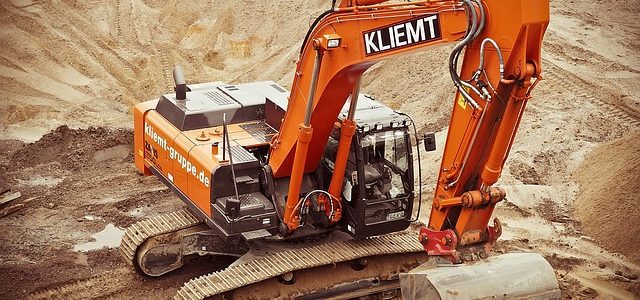The construction industry has undergone a lot of changes in recent years. The housing downturn, on the one hand, substantially reduced the demand for new construction across America for some time (decreasing yearly revenue by 150 billion dollars in just two years from 2008 to 2010), while innovation like 3D printing are giving experts speculating about the future cause to foresee an increasingly automated construction process. For now, however, the construction industry has largely rebounded, and certain trends seem to be emerging on the horizon that are good for any participant in or observer of the industry to be aware of.
“Commodification”
Construction services are not a commodity. A commodity is a tangible item that you buy, whereas construction services, though utilizing all manner of materials, are just that–services. That said, there is a certain attitude that usually goes into commodities that has become more prevalent in the consumption behavior of project owners buying construction services. That is, to get as cheap a price as possible.
It may seem obvious that a person or company that is building a home or a shopping center would want to get a good deal, but if you then were to ask yourself if, assuming you could afford it, would you be pinching pennies if you were looking to hire a doctor for open heart surgery or would you spend plenty extra to get the best service you could find? Normally people buying services only buy as cheap as possible if that is all they can afford to do.
But the prevalence of standard construction jobs, whether they involve foundation contractors working on foundation construction, residential construction, commercial building foundation, pier foundation, or other jobs where you have a large number of companies who can get it done, is driving down the price of bids. This in turn seems to drive down quality, leading some contractors to cut corners and bill for extra materials.
Winning a competitive bid while still making a profit and performing high quality work is an obstacle for contractors, but it’s there’s a positive takeaway. For one, there is work to be had, and that is a good thing. Also, the downward pressure on prices make investing in construction projects more affordable. For anyone looking to hire construction services at a good price, this is the time to do, and paying just a little extra might get you more in quality than it did before.
Labor Shortage
For all that, however, skilled workers are in short supply in the construction industry. As with drilling companies, skilled workers desperately needed to staff construction projects on pretty much every level are hard to come by at the moment. That naturally is another legacy of the recession. When the construction industry followed the housing market into the ditch in 2008, many of its best and brightest left the industry, and few of them have come back. So even as new projects arise and work becomes more plentiful, the quality and quantity of the workforce can be said to have deteriorated because of the exodus that occurred several years ago.
Is this a bad thing? Well, it might be a great thing actually. The current shortage means there are tremendous opportunities for growth and advancement in the construction industry for anyone with the foresight to take advantage of it.
Caution in Project Load
Another legacy of the recession in the construction industry is that companies are not as gung-ho for new projects as they used to be. This is a result of uncertainty that itself is a function of the shortage of labor. In previous times, as the housing market and the construction industry boomed people were lining up to work construction. But with a smaller labor force in the construction industry, companies don’t have the capacity to take on the projects they used to. But again, that limitation means that there is room for growth. The pie is large enough for more companies to have a slice if they step up to take it.
Pre-Fabrication
Pre-Fabrication of construction materials assembled at offsite locations are increasingly impacting the construction industry (and in healthcare manufacturing as well). This alternative building method has definitely increased efficiency of production in a less labor intensive way in the areas in which it has been employed.
Of course, this trend could have negative implications for the labor market in the construction industry. But it may be positive as well. Conventional construction still has room to grow, yet new technologies may yield new occupations, too. As time goes on, it’s hard not to imagine this new method of construction picking up steam, making it a good investment for the future of construction.

